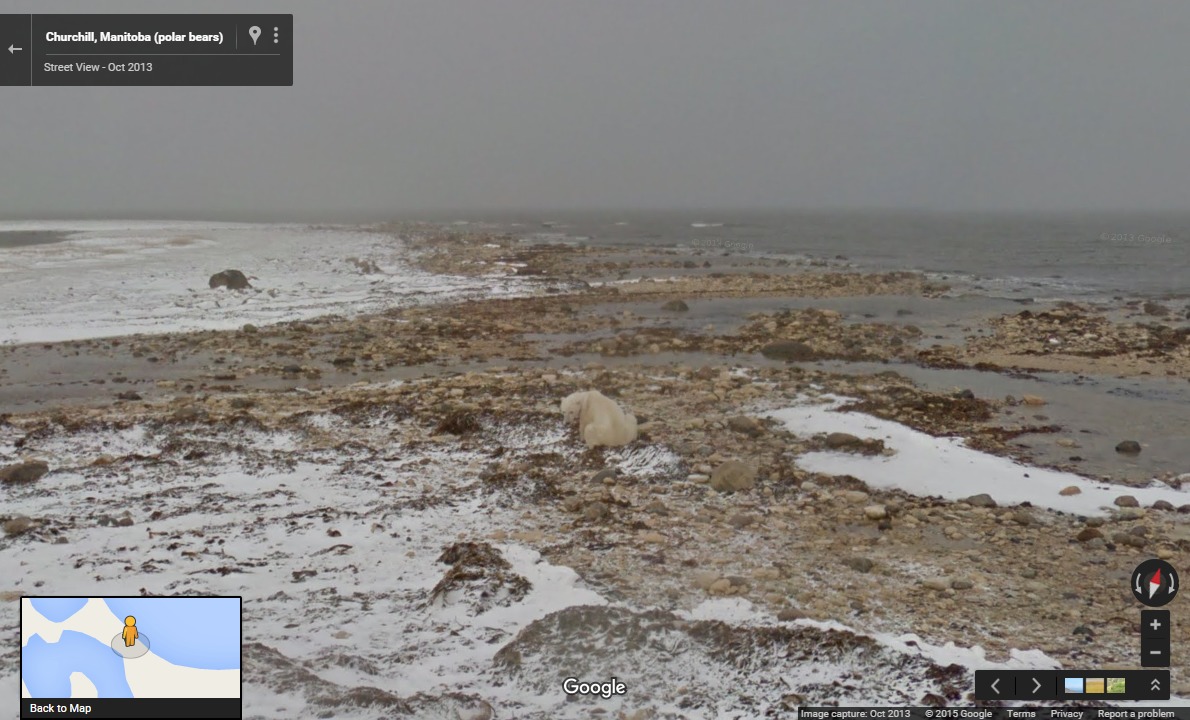
We can all spend hours on the Street View exploring many parts of the world. You can spend the whole day and you won’t be even done travelling the whole word. We know people who really spend time “travelling” and trying to see what’s out there in even the remotest part of the earth.
With Google Street View, feel free to explore 30 historical sites in Jordan, New Zealand’s Great Walks, Yosemite’s El Capitan, the Galapagos Islands, and thousands of more Street View locations. And to further educate the netizens, Google wants us to show the effects of climate change as felt by all creatures of this world.
In time for the gathering of world leaders at the COP21 conference in Paris, Google is showing us opportunities to explore with Street View some of the ecosystems that have changed throughout the years.
For example, you’ll see how Polar bears are affected by the melting sea ice around Churchill, Manitoba. The Polar Bears International (PBI) worked with Google and took advantaged of the Street View Trekker to record and map the polar bears in their natural habitat. With Street View, you’ll see these polar bears and learn more information about them through the activities and lesson plans prepared especially for the schools.
If not Polar bears, you can see the blue oak trees of Central California. They’re supposed to be beautiful but numbers are decreasing already, no thanks to the rapidly changing temperatures. The blue oaks are in danger so scientists have plans to take their images in the near future to see the difference.
Aside from the beautiful imagery, Street View is being used to visualize impacts of climate change and measure climate data. In the United States, the Environmental Defense Fund (EDF) and Google Earth Outreach are working together to “map thousands of methane leaks from natural gas lines”. Having all these information available can help the government, policy makers, businesses, scientists, analysts, and citizens in making informed decisions.
When it comes to the very useful Street View cars, Google Earth Outreach partnered Aclima to measure pollutants. This way, we’ll know the levels of carbon dioxide—pollutants, black carbon, and related matters. Communities in LA, San Francisco, and Central Valley areas are already being mapped out.

Moving further somewhere in Brazil, we can see the Amazon forest and the Brazilian Amazon. Feel free to walk through the forests and discover for yourself the beauty of the rainforest. The images you see hopefully will make you think and educate you of the importance of sustainable ecosystem management and rainforest protection.
SOURCE: Google Maps













Least intelligent headline ever.